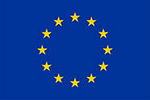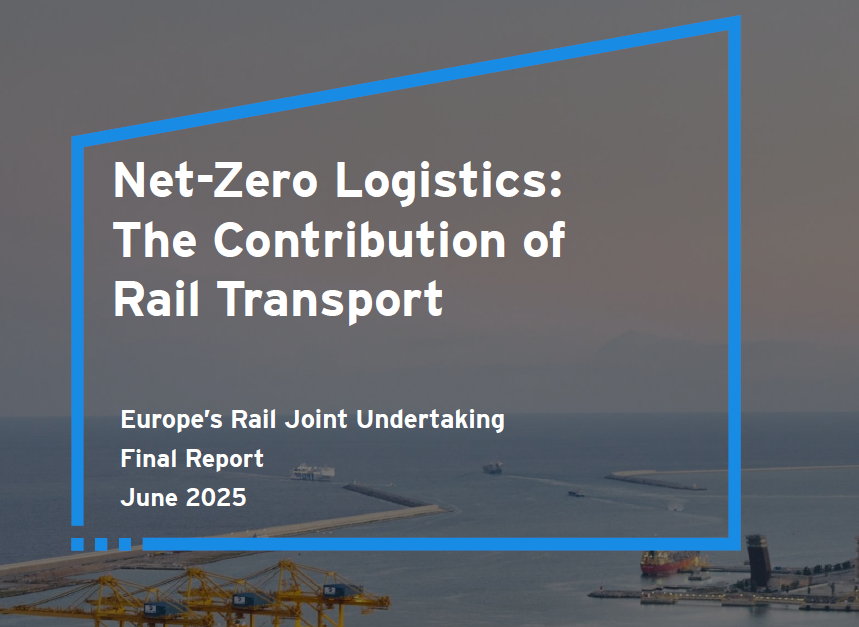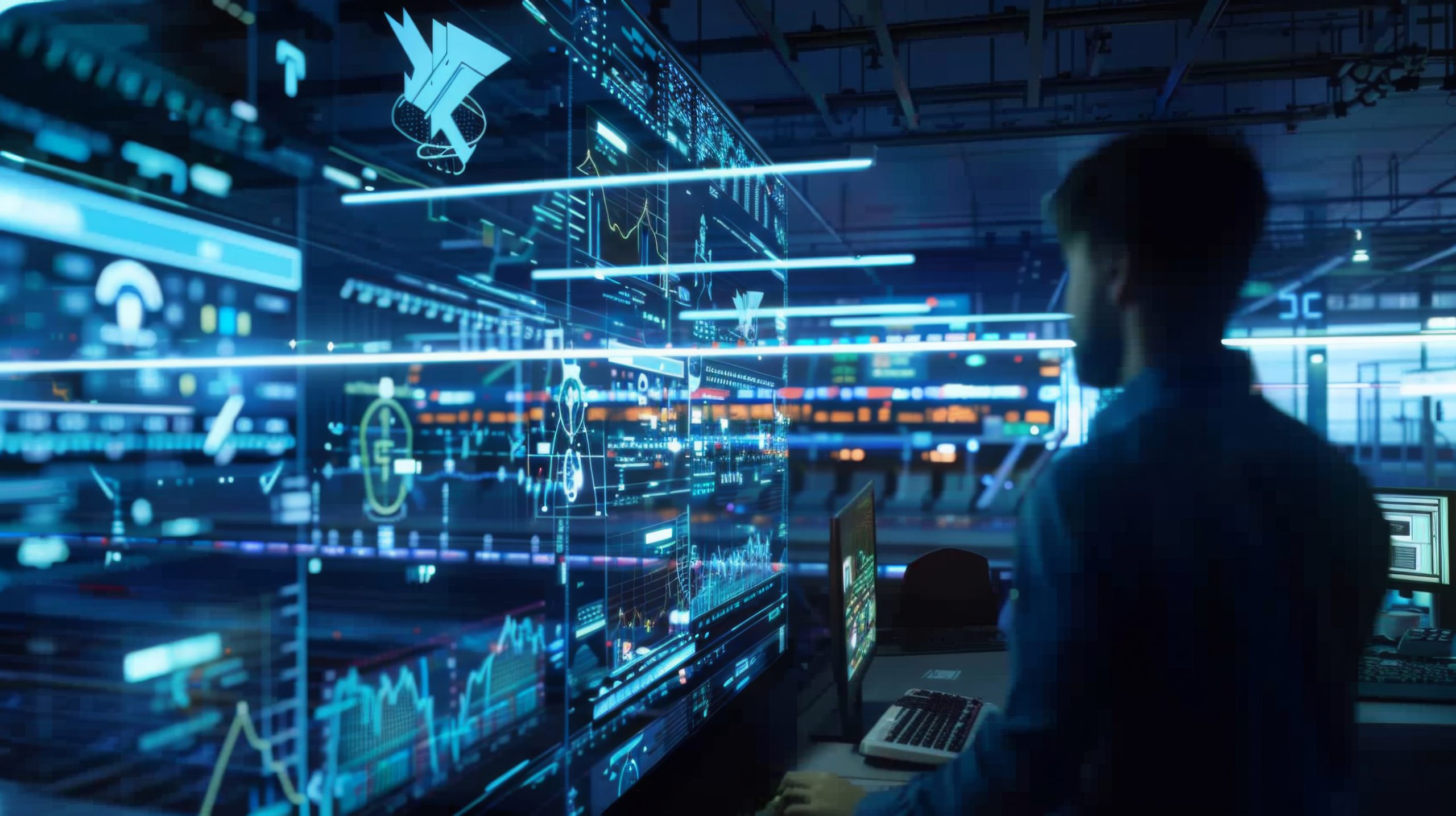Europe must take decisive steps to simplify and modernise its rail systems to strengthen competitiveness,...
The Space for Innovation in Rail Conference marked a significant gathering of key stakeholders within the European railway community, converging to deliberate on the transformative integration of satellite technology into the rail sector. Following the imperative of Green Deal targets and the pivotal role of rail as the most environmentally sustainable mode of transport, the event’s overarching purpose was to explore the boundless potential of satellite technology in advancing the efficacy, safety, and sustainability of Europe’s rail infrastructure. The Satellite4Rail Conference emerged as a platform to deliberate upon the transformative capabilities, economical and ecological implications of progressive satellite technology deployment within the rail sector.
Opening Remarks and Innovation’s Potential
Carmen Librero, Spanish Special Commissioner for Transport, Mobility, and Urban Agenda inaugurated the conference with a fervent appreciation for the innovative prowess inherent in the rail sector. She eloquently underscored its potential to be a linchpin in Europe’s journey toward a sustainable future.
Harmonisation and Competitiveness
Barbara Thaler MEP, in a compelling video message, shone a spotlight on the imperative need for harmonisation and standardisation within the European rail market. Her clarion call was for the establishment of a single set of technical rules under ERA as a European authority. She argued that such harmonisation would be pivotal in bolstering the sector’s competitiveness on a global scale.
The Synergy of Rail and Space
Elżbieta Łukaniuk, Member of the Cabinet European Commissioner for Transport, articulated the profound importance of discovering pragmatic solutions for the symbiosis of rail and space. She expressed an ardent hope that satellite technology would infuse the rail sector with a newfound resilience, particularly in the face of the escalating frequency of natural disasters.
Pioneering Spanish Railways
María Luisa Domínguez, President of ADIF, took immense pride in spotlighting the pioneering role that Spanish railways have played in the European rollout of ERTMS (European Rail Traffic Management System). She also extolled ADIF’s current fervent commitment to championing satellite technology within the sector.
Business Case and Cost Considerations
Marcin Wojcik, speaking on behalf of Matthias Ruete, European Coordinator Trans European Transport Network (ERTMS), delved into the crucial business case for adopting satellite technology, with a particular focus on infrastructure managers. Recognising the formidable cost challenges confronting operators, he proposed a strategic cost-offsetting exercise to unearth practical solutions for the seamless integration of satellite technology within the rail domain.
The Multifaceted Benefits of Space Technology
Rodrigo da Costa, Executive Director of EUSPA, drew attention to the multifaceted benefits of space technology across various industries, ranging from agriculture to banking. He voiced an unwavering conviction that the rail sector would similarly reap the rewards of innovation, cost-efficiency, and heightened competitiveness by embracing satellite technology.
Necessity of a Unified EU System and Effective Deployment – like in the U.S.
Josef Doppelbauer, ERA Executive Director, outlined the pivotal role of satellite technology in surmounting current challenges within the rail sector. He underscored the critical necessity of adopting a unified EU system for the effective deployment and maintenance of satellite technology. He cited the successful U.S. deployment of satellite technology as a model of cost-effective implementation and urged the European rail community to explore similar avenues.
The Pathway from Research to Market
Giorgio Travaini, Executive Director a.i., Europe’s Rail Joint Undertaking (JU), provided a comprehensive roadmap from research to the practical market introduction of satellite technology. He emphasized the integrated approach prescribed by the System Pillar for Europe’s Rail JU and urged the rail sector to leverage this framework for successful integration.
Are satellites on track?
Following the presentation of four key European projects financed by EUSPA (CLUG 2.0 & HELMET) and Europe’s Rail Joint Undertaking (FP2-R2DATO and FP6-FutuRe), an impressive panel took the stage to discuss the current state of the art of the use of satellite for train positioning. Representatives from key Railway Infrastructure Managers and railway suppliers highlighted the state of play, progress made over the past years and expectations for the next steps. The session, moderated by Léa Paties, Senior Programme Manager at EU-Rail, also gave the opportunity for a vivid debate and interaction with the audience around themes such as modularity of the future architecture and industrial capacity for future deployment.
EU Satellite Communication as an option for ERTMS
Within a panel discussion dedicated to enabling satellite communication in rail, IRIS2, as the EU multi-orbital satellite constellation covering the full spectrum of needs for secure communication services has been introduced by Helmut Spitzel, IRIS2 Project Control and Quality Manager from DG DEFIS and Flavio Sbardellati, Market Development Technology Ocer, EUSPA. Within the panel discussion, it has been highlighted that research and development activities shall focus on the analysis of the technical feasibility of EU SATCOM as a part of the future, multi-bearer railway communication platform as well as the possibilities for its integration within the FRMCS.
EU Space Programme services to be included in EU-Rail demonstrators
Practical steps towards the adoption of EU-Space solutions in railway signalling have been discussed in the last panel, moderated by Daniel Lopour, Senior Market development officer of EUSPA. Based on the results of R&D and pilot projects that have been progressively deployed in several EU member states, accompanied by Cost-benefit analysis, it has been confirmed that satellite-based localization in ERTMS is technically feasible and can deliver significant cost benefits. As indicated by Valentin Barreau, Train Localisation Project Manager, SNCF (representing EU-Rail FA2), one of the conclusions is that similarly to Aviation, a dedicated Rail service of EGNOS (European Geostationary Navigation Overlay Service) is necessary in order to ensure that railways can rely on GNSS and that risks connected with the localization delivered by GNSS are minimized. To validate the GNSS based localization performance and facilitate rail agreement on a concrete architecture for inclusion of GNSS in ERTMS, EU-Rail plans to launch in 2025 several large-scale demonstrators, expecting to take advantage of a specific EGNOS Rail service demonstrator. In between, EU-Rail, ERA, EUSPA and ESA plan to cooperate on the delivery of the EGNOS Rail service demonstrator. Throughout the course of the action a focal role of the EU-Rail System and Innovation pillars is foreseen to drive the advancements towards a common agreement on the final solution and, moreover, during the course of the EU-Rail demonstrators also on the final requirements on the respective EU Space Programme services as a prerequisite, facilitating GNSS inclusion in the upcoming evolution of ERTMS.
Conclusion
The Satellite4Rail Conference stood as a resounding testament to the European rail sector’s unwavering commitment to embracing innovative solutions in the pursuit of Green Deal targets, focusing on the adoption of EU Space Programme services as enablers of fail-safe train localization and on further analysis of the role that the Space Programme can play for what concerns railway telecommunication. This forum facilitated lively and open dialogues among politicians, regulators, and representatives from the EU rail sector.
With more than 250 attendees present on-site and a substantial online audience, the event served as a platform for constructive discussions regarding the seamless integration of satellite technology within the rail sector. It underscored the significance of collaboration, innovation, and sustainability in the context of Europe’s rail industry.
As the rail sector charts a course toward a greener, more efficient future, the Satellite4Rail Conference played a pivotal role in shaping this trajectory. It underscored the importance of cooperation and forward-thinking approaches to ensure that rail remains a driving force in Europe’s sustainable transportation landscape.
















